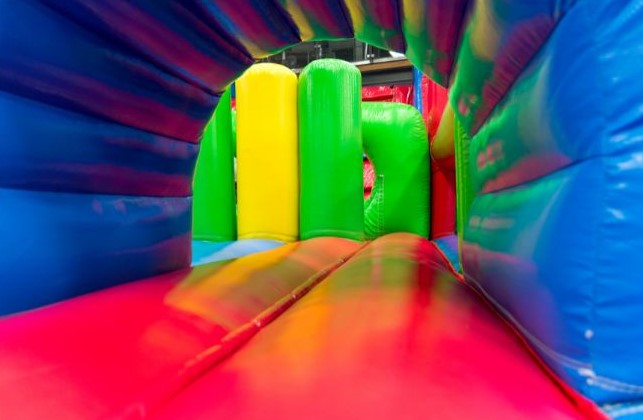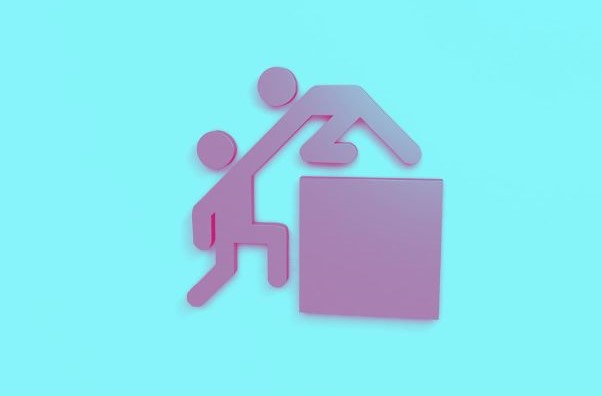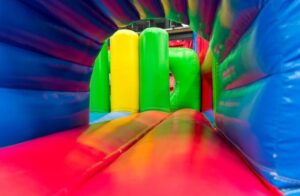
Making Pinatas as a Side Hustle
Beyond being a party essential, crafting and selling pinatas can be a delightful and profitable side hustle.


In the lively realm of children’s entertainment, a bounce house business offers a dynamic and exciting venture. Jumping, laughter, and endless joy are the hallmarks of this engaging enterprise. This guide aims to provide aspiring entrepreneurs with a detailed roadmap to successfully launch and operate a children’s bounce house business.
Before inflating the first bounce house, it’s crucial to conduct thorough market research. Identify the demand for children’s entertainment in your target area. Understand your competition, pricing models, and the preferences of your target demographic. A well-researched business plan will serve as a foundation for success, helping you navigate challenges and capitalize on opportunities.
BOOST your chance of success.

* We respect your privacy. We will never spam you or share your details.
Navigating the legal landscape is paramount when starting a bounce house business. Check local regulations and obtain any necessary permits or licenses. Ensure your business complies with safety standards and industry regulations. Liability insurance is essential to protect your business in case of accidents or injuries during events.
Investing in high-quality bounce houses is the backbone of your business. Choose inflatables that are durable, easy to clean, and comply with safety standards. Regular inspections and maintenance are crucial to ensure the safety of the children using your equipment. Clearly communicate safety guidelines to clients and emphasize the importance of proper adult supervision during bounce house activities.
Define your target audience and tailor your services accordingly. Consider offering themed bounce house packages for birthdays, holidays, or special events. Establish partnerships with local schools, community centers, and event planners to expand your reach. Understanding the needs and preferences of your audience will help you tailor your offerings and marketing strategies effectively.
Determine competitive yet profitable pricing for your bounce house rentals. Consider factors such as duration, delivery, and additional services like setup and takedown. Offering package deals or discounts for repeat customers and referrals can enhance customer loyalty. Transparent pricing will build trust with clients and contribute to the overall success of your business.
Create a strong online presence through a professional website and active social media profiles. Utilize high-quality images and videos showcasing your bounce houses in action. Implement targeted online advertising to reach potential customers. Develop a memorable brand with a catchy logo and consistent branding across all marketing materials. Positive reviews and testimonials from satisfied customers can significantly boost your business’s credibility.
Excellent customer service is key to building a reputable bounce house business. Respond promptly to inquiries, provide clear and detailed information, and be attentive to customer needs. Establish effective communication channels and keep clients informed about delivery times, setup procedures, and safety guidelines. A positive customer experience will not only lead to repeat business but also foster positive word-of-mouth referrals.
Efficient logistics and operations are essential for the smooth running of your business. Invest in a reliable vehicle for transporting your bounce houses, and optimize delivery routes to minimize travel time. Create a systematic setup and takedown process to streamline operations during events. Having a well-organized inventory management system will help you keep track of your equipment and schedule rentals effectively.
Stay abreast of industry trends and adapt your offerings accordingly. Consider incorporating popular themes or features into your bounce houses to attract customers. Be prepared for seasonal fluctuations in demand and plan promotions or discounts during slower periods to maintain a steady flow of business throughout the year.
Launching a children’s bounce house business requires careful planning, dedication, and a commitment to safety and customer satisfaction. By following these comprehensive steps, you can bounce into success and create a business that brings joy and excitement to children’s events while establishing a strong presence in the competitive world of children’s entertainment There is also plenty of room for growth with this business. E.g you may wish to consider expanding into water themed equipment or non inflatable play equipment.

Would you like someone to stand beside you to help you start or move forward with your new venture? Our friendly coaching starts from $15 / £10 per month.

Beyond being a party essential, crafting and selling pinatas can be a delightful and profitable side hustle.

As parents increasingly seek unique and memorable experiences for their little ones, the demand for expertly curated children’s parties continues to grow.

In the lively realm of children’s entertainment, a bounce house business offers a dynamic and exciting venture. Jumping, laughter, and endless joy are the hallmarks of this engaging enterprise.

Whether you’re planning to offer mobile entertainment for birthday parties or events, the key to success lies in creativity, adaptability, and a genuine love for making children smile.

If you have a passion for creativity, a love for working with children, and a flair for the dramatic, starting a children’s puppet show business could be a fulfilling and rewarding venture.

Childhood is a time full of unbridled imagination, awaiting the enchantment of storytelling and music to set it ablaze

In today’s fast-paced world, parents are often struggling to keep their homes organized, especially their children’s playrooms.

The demand for unique and personalized items for kids’ spaces is on the rise, making this side hustle both fulfilling and potentially lucrative

If you find joy in caring for kids and have the necessary skills, offering childcare services can be a fulfilling venture that not only benefits your pocket but also positively impacts the lives of families in your community.
Bringing you the latest information, ideas, products and services for your E-commerce business.
Copyright 2024 E-Market Pulse
We may receive compensation from partners listed through affiliate partnerships, at no cost to you. This doesn’t influence our ratings, and the opinions are our own
Get updates on products and services specially targeted to help you succeed.